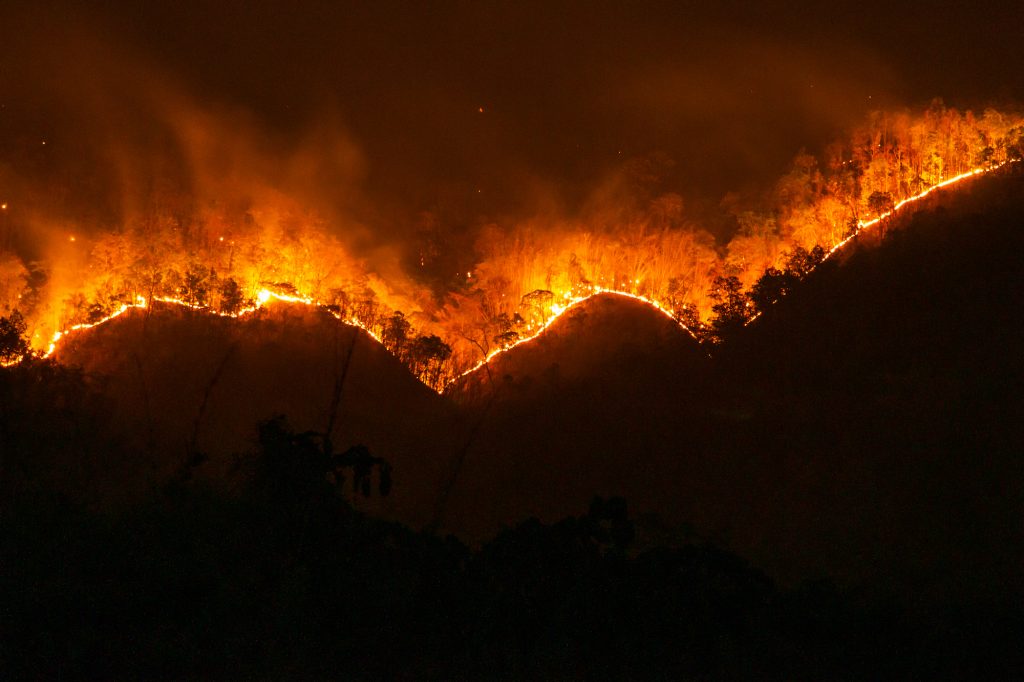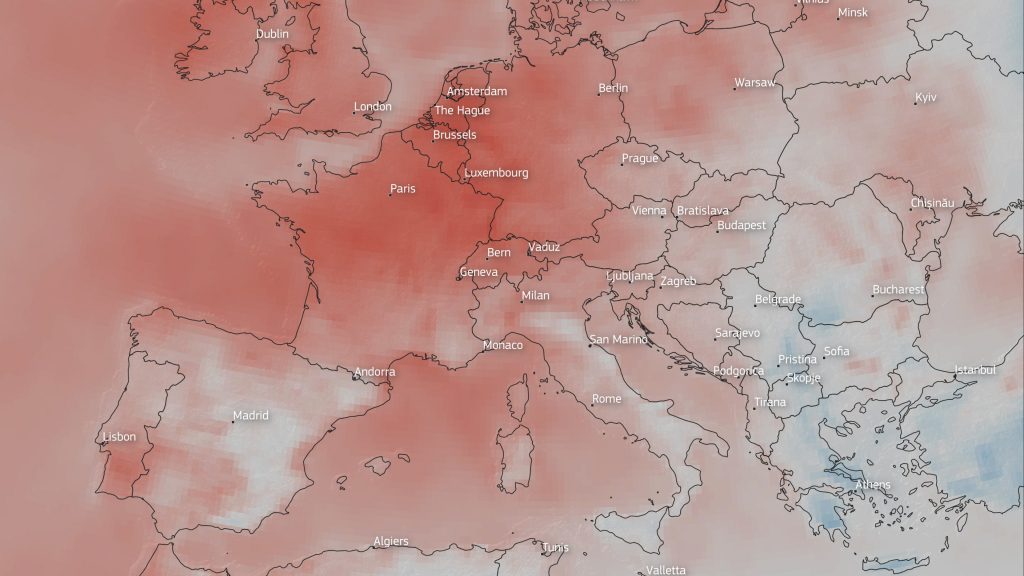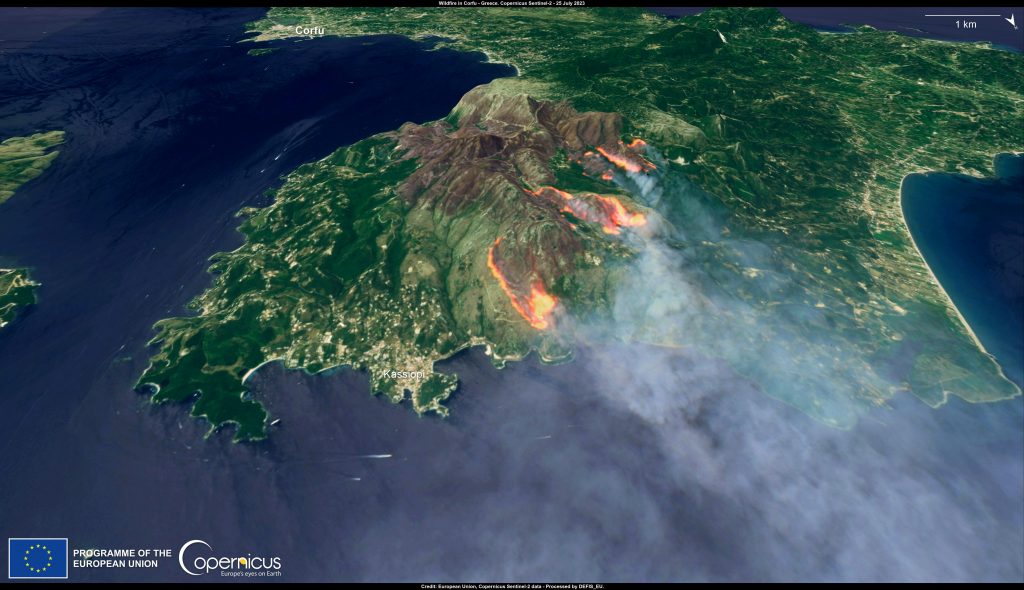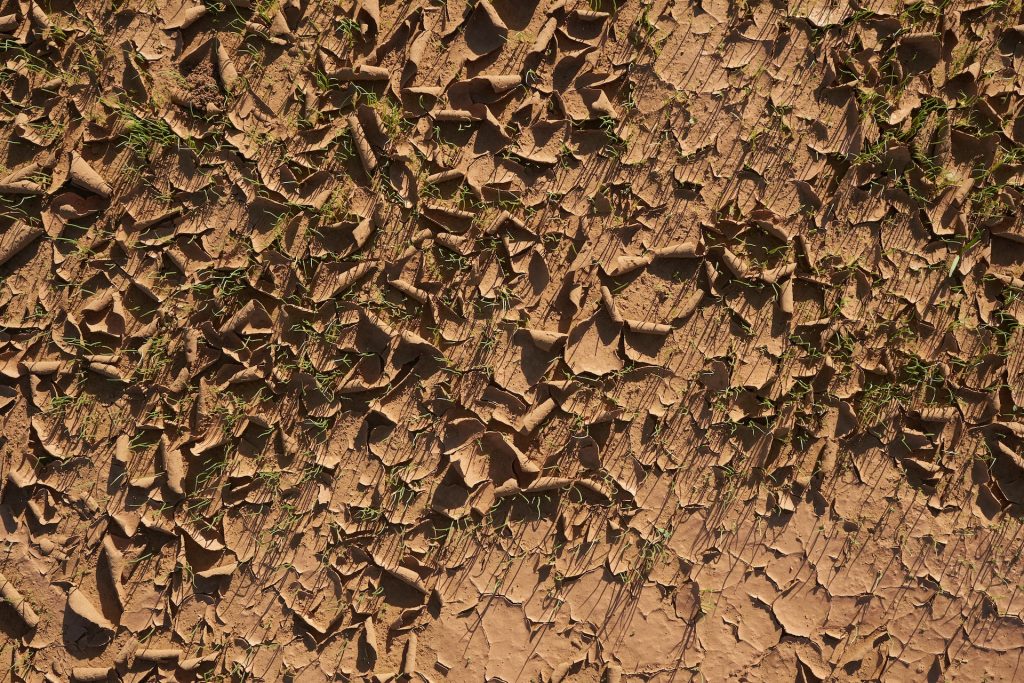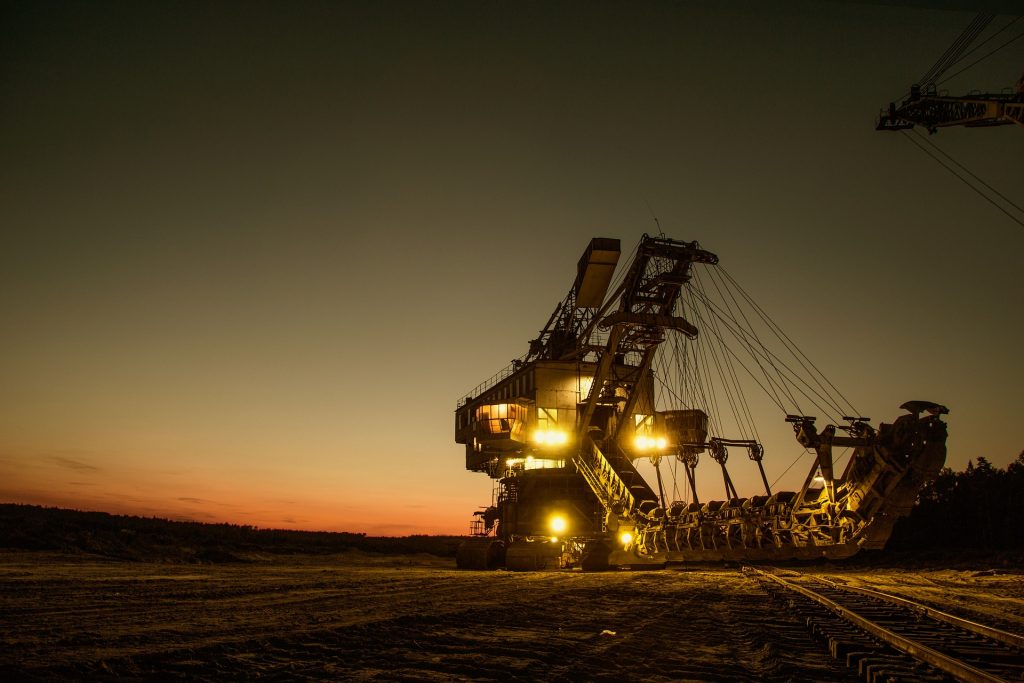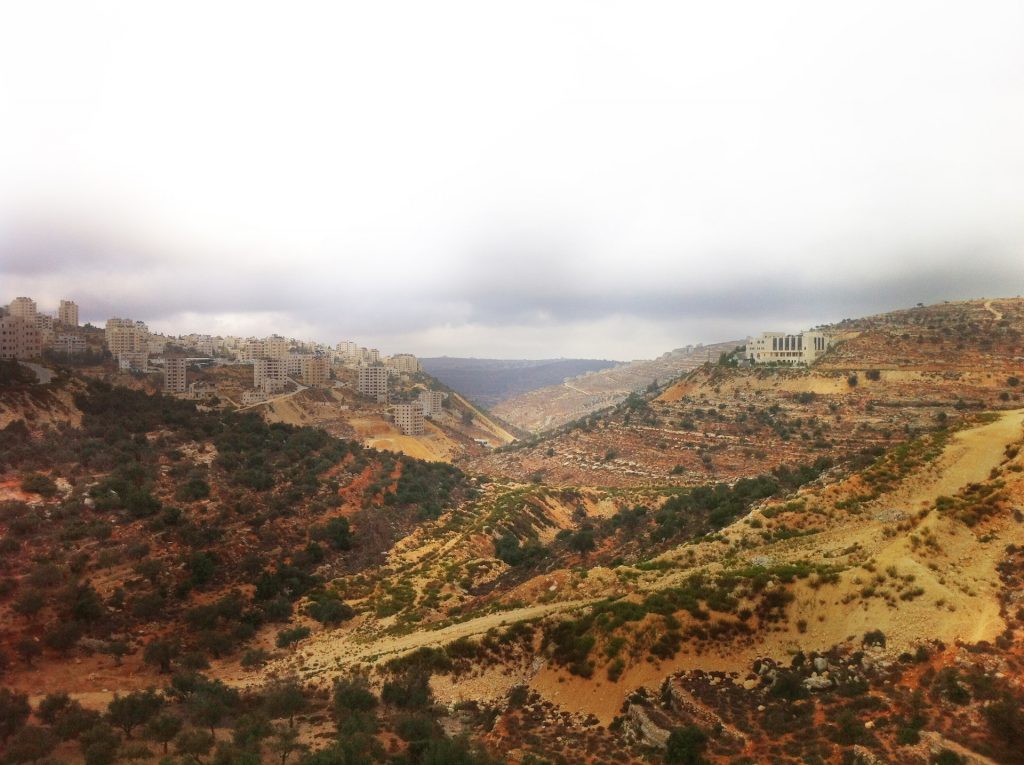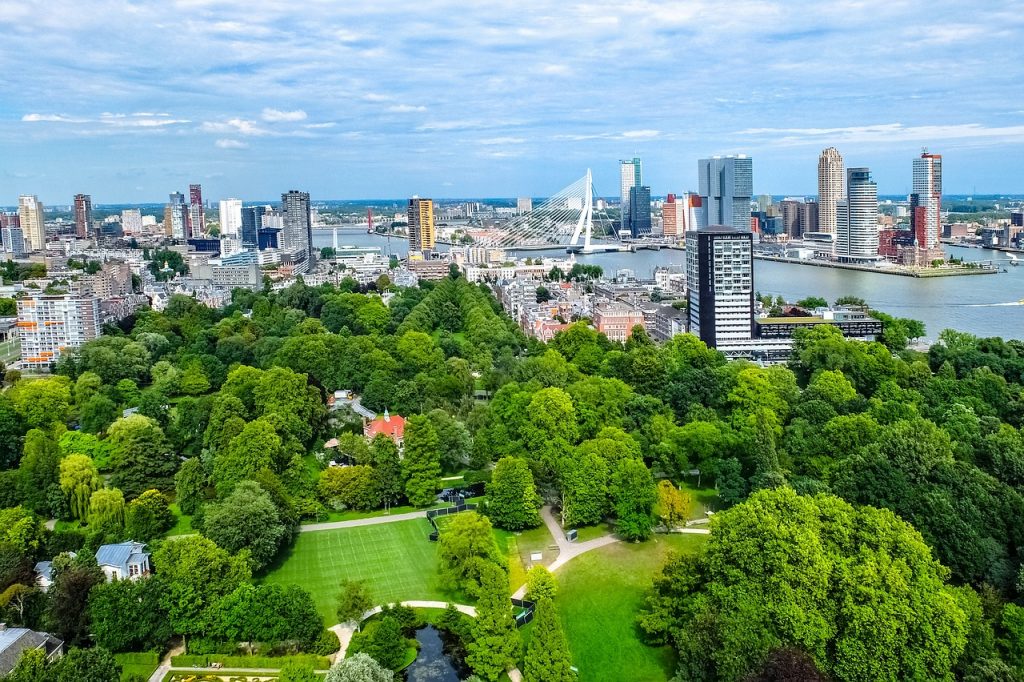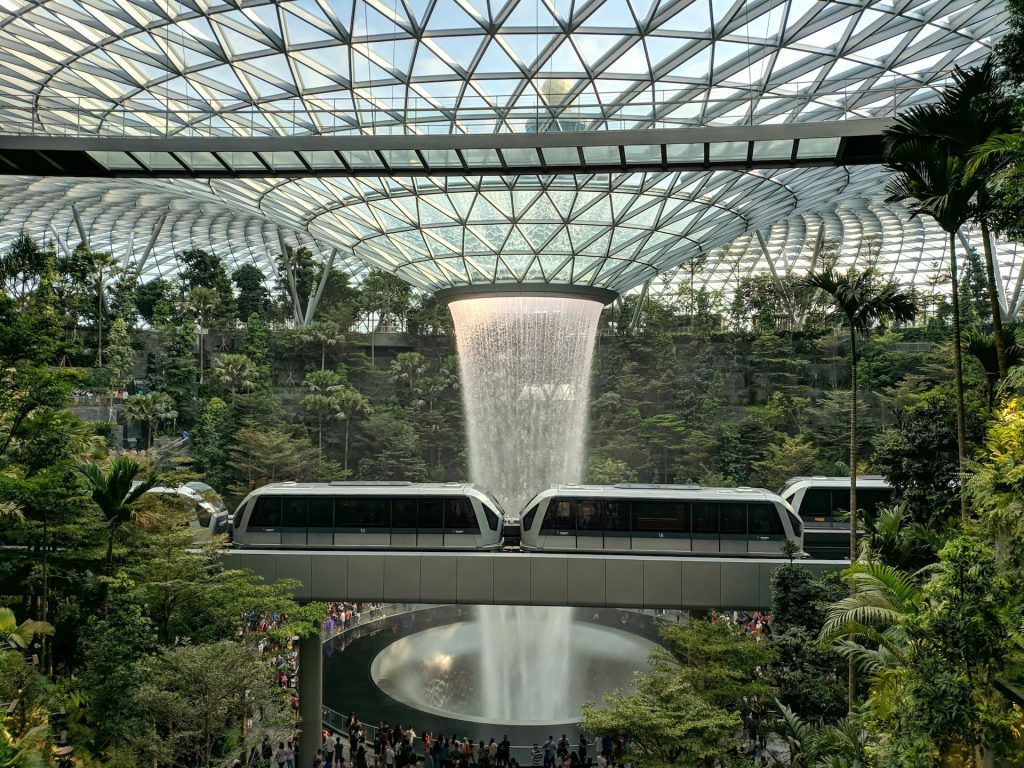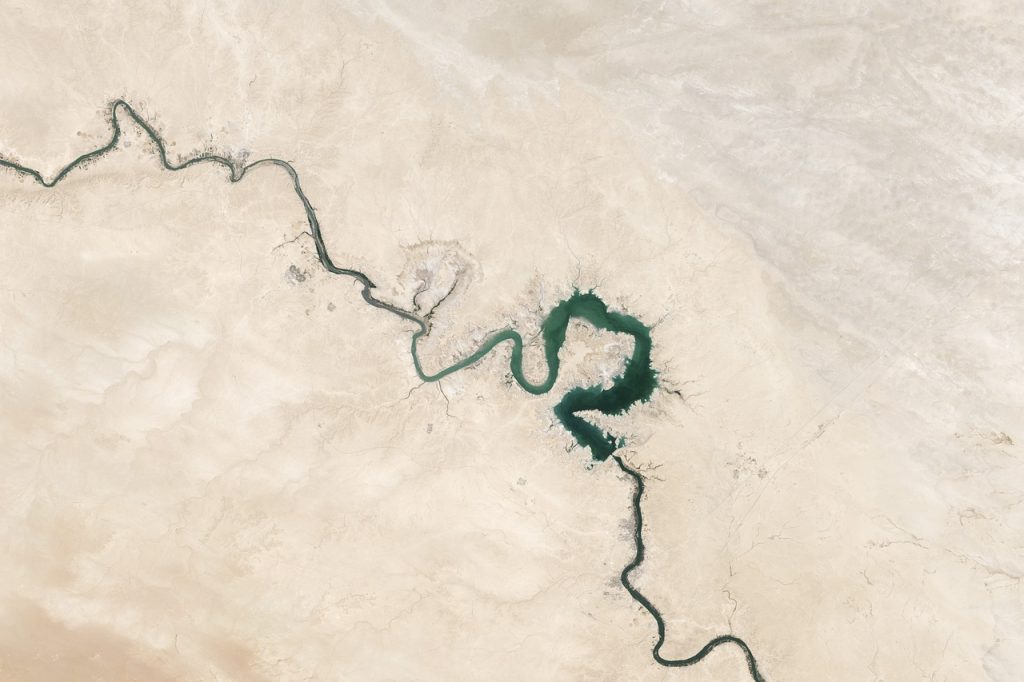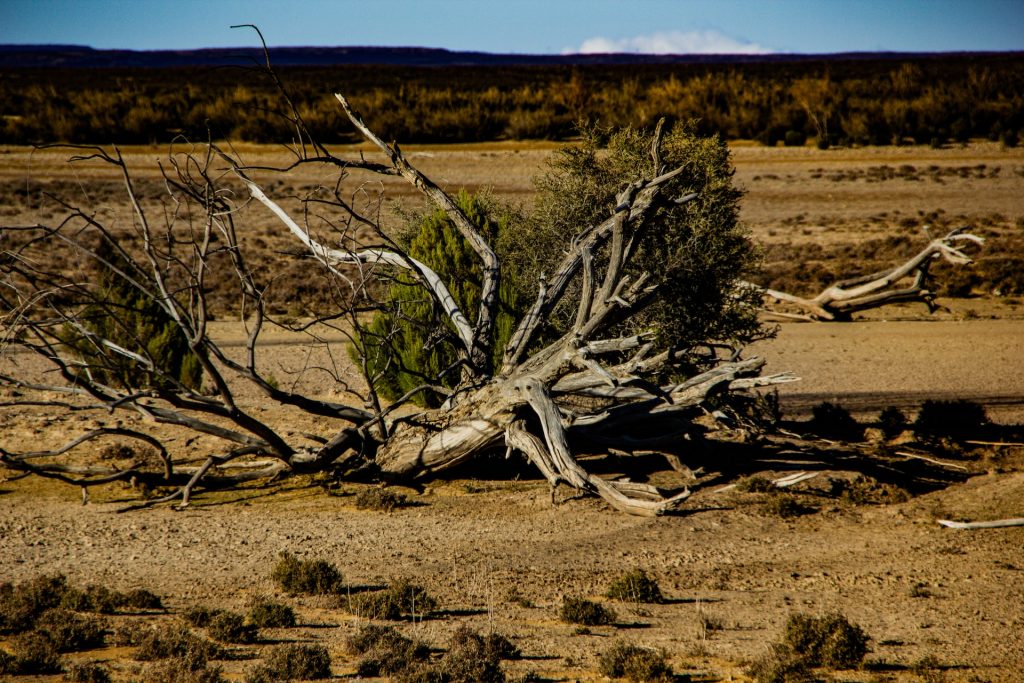
Our favourite podcasts on climate change (and beyond)
Technical or easygoing, informative or inspiring, settled or still on air: the panorama of podcasts on climate change is wide and diverse. Maybe, even too much: to guide you in finding the most suitable one for you, we asked the CMCC scientists to suggest their favorite podcast series.

